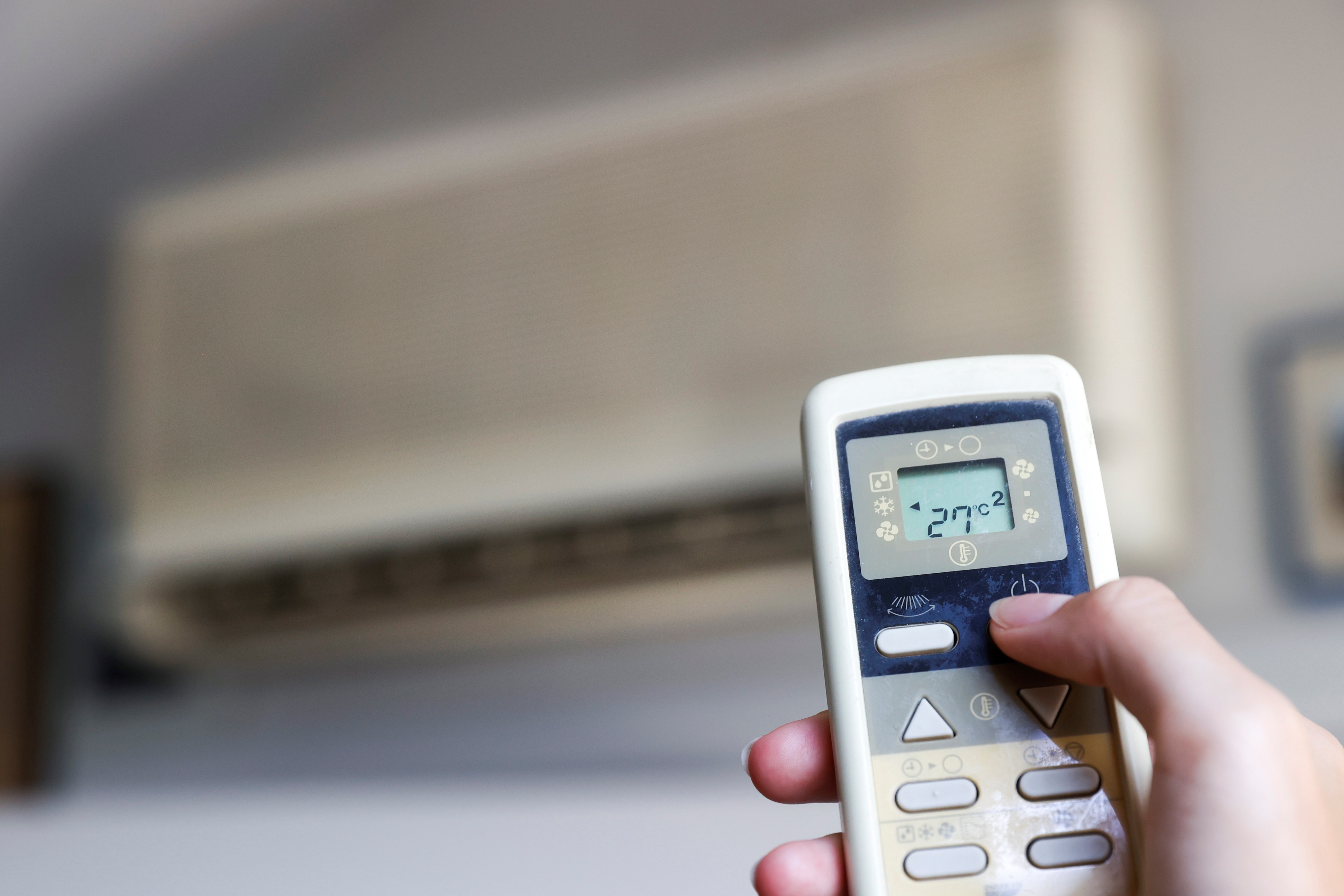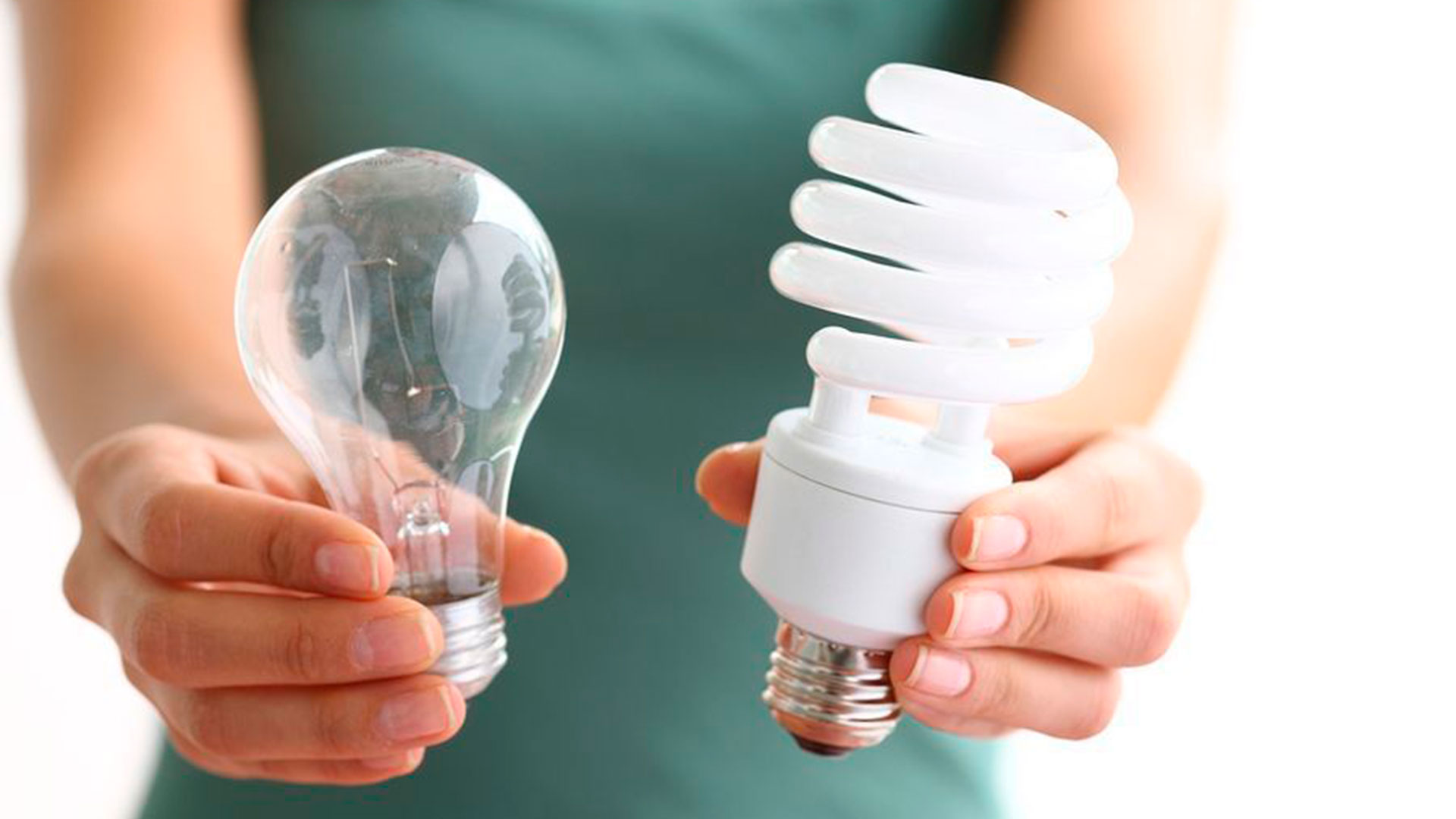
The Minister of Economy, Serge Massa, will announce next Tuesday the levels of increases in gas, electricity and water rates that will govern in the different regions of the country. As anticipated, All users who have not registered in the form to maintain the benefit will lose their subsidies.
But, in addition, in the case of electricity, those who asked to maintain the subsidies – some 9 million households – will have a consumption limit of 400 kWh per month in the case of electricity. Above that limit, they will also begin to pay the full rate for incremental consumption. For example, if 500 kWh are consumed, the full rate is paid only for the extra 100 kWh.
“When it comes to being energy efficient, two key aspects must be taken into account: Technology, based on high-performance equipment, and habits, which have to do with our usage habits,” he stressed. Diego Simondydirector of BGH Eco Smart, the BGH Group business unit specializing in energy efficiency and smart building.
“For example, if it’s really cold and we set the air conditioner to a temperature higher than 30 degrees and we open the window, that’s a bad habit, it’s not technology. In this case, there is an error in the use of technology, because more is consumed because the greater the difference in temperature that is requested from the equipment, the greater the energy use that is required”, he added.
What are the recommendations of electricity distribution companies and appliance manufacturers to achieve savings in consumption?
Prioritize energy efficient appliances A: Class A electrical equipment consumes approximately 50% less energy than those with average consumption. Heaters and halogen stoves consume more energy and it is recommended to limit their consumption to a minimum.
Use equipment with inverter technology. It is a system that regulates the speed of the compressor so that it works at a constant speed, more efficiently and reducing consumption.
Keep the air conditioning between 20°C and 22°C during winter and 24°C in summer allows great energy savings.

Have good enclosures in the windows and avoid air leaks that cool the environment.
Install electricity consumption monitors in real time to know the variations in the consumption of household appliances. With these smart meters it is possible to see the changes that occur when turning on the microwave, the light in the room or starting the washing machine, in addition to being able to know an estimate of the cost per hour and the monthly projection at the same level of consumption.
Use sunlight as much as possible: Locating workspaces near large windows is a good way to optimize energy and reduce light consumption.
Unplug all electrical appliances that are not being used: from the cell phone charger to the stove, unplugging them represents less energy consumption.
defrost the freezer: While not winter specific, remaining ice on walls can create counterproductive insulation, consuming up to 20% more energy.
When the computer is not going to be used for short periods, only turn off the screen, which saves power and when you turn it back on you don’t have to wait for the computer to restart. The monitor is the component that consumes the most electrical energy.

Use LED lamps: Especially in the places where lighting is needed for a long time. These types of lamps significantly reduce energy consumption. Do not use fluorescent lamps in environments where there are many switching on and off in a short time; for example, bathrooms. Fluorescent and halogen lamps have a mandatory energy efficiency label. Take into account its labeling: class A or higher allow greater energy savings. In the garage or on the sidewalk it is convenient to use motion sensors that activate the lighting. And use exterior lights equipped with timers that allow daytime shutdown.
The microwave is a huge consumer of energy: by generating heat at high temperatures, in a short period of time, it has a consumption equivalent to three small electric burners. Avoid using the microwave to thaw food: it is better to take it out of the fridge beforehand.
According to a study by Wabee Smart Energy, a company that develops products to measure electricity consumption in real time, many homes have replaced their gas air conditioning systems with electricity consumption systems. “Only 20% of the heating systems offered on the market work with gas, the rest are electronic devices,” he says. Claudio FiguerolaCEO of Wabee Smart Energy.
On the other hand, to take into account, among the appliances that consume the most, the refrigerator (744 Watts), the laptop (720 Watts) and the 43-inch smart television (560 Watts) stand out. And if, for example, the electric kettle is used five times a day, two minutes each time a consumption of 315 watts is generated.
KEEP READING:
